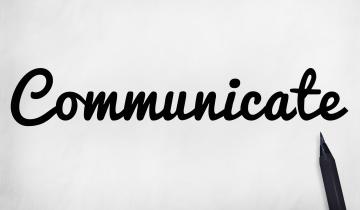Organizations are increasingly recognizing the value of prioritizing employee feedback and satisfaction. MRA’s Evolving Workplace survey revealed that 51% of respondents are focusing on employee feedback and adaptation, while 65% report strategic projects aimed at improving employee feedback and satisfaction. These statistics underscore the growing emphasis on understanding and enhancing the employee experience.
Employee surveys are a powerful tool for organizational development. By choosing the right type of survey and leveraging expert guidance in survey design, organizations can gather valuable insights that drive positive change. Prioritizing employee feedback and satisfaction not only enhances the workplace environment but also contributes to the overall success of the organization.
Choosing the Right Employee Survey
If you are focusing on gathering employee feedback, selecting the appropriate type of employee survey is the crucial first step for gathering meaningful insights that can drive positive change. Different surveys serve unique purposes and provide distinct information:
- Engagement Surveys: Measure the level of employee engagement, which is a key indicator of motivation and investment. Highly engaged employees are more productive and contribute positively to the organization's success.
- Satisfaction Surveys: Focus on how content employees are with various aspects of their job, including work conditions, compensation, and management. High satisfaction levels often correlate with lower turnover rates and higher morale.
- Culture Surveys: Assess the organizational culture, values, and behaviors. They help identify whether the company's culture aligns with its goals and whether employees feel a sense of belonging and purpose.
Crafting Effective Surveys
Once you've chosen the right type of survey, crafting it effectively is essential to obtain actionable data. Here are some best practices to consider:
- Define Clear Objectives: Understand what you aim to achieve with the survey. Are you looking to improve engagement, satisfaction, or culture?
- Ask Relevant Questions: Ensure that questions are directly related to the survey's objectives. Avoid ambiguous or leading questions.
- Use a Mix of Question Types: Incorporate multiple-choice, rating scales, and open-ended questions to capture a range of responses.
- Ensure Anonymity: Employees are more likely to provide honest feedback if they feel their responses are confidential.
- Analyze and Act on Results: Collecting data is only the first step. Analyze the results to identify trends and areas for improvement, and implement changes based on the feedback.
Leveraging Expert Guidance
Designing a survey that yields valuable information requires expertise. Experts in survey design can help ensure that questions are clear, relevant, and unbiased, leading to more accurate and useful responses. Their guidance can be invaluable in crafting surveys that truly reflect the needs and concerns of your employees and give you meaningful insights that you can act on.
Are you looking for employee feedback to guide your organization? Talk to MRA’s experts about our Employee Insight Services.







